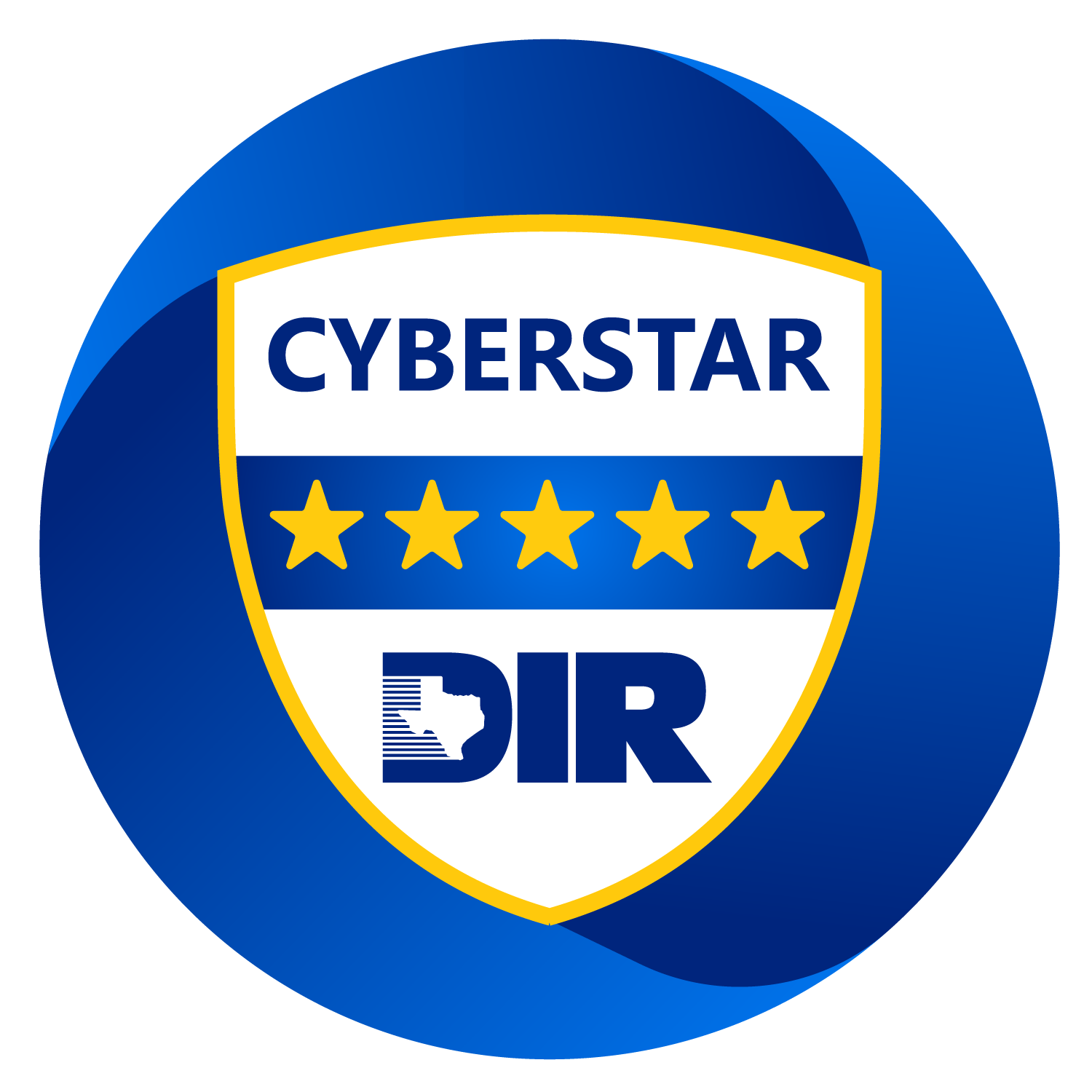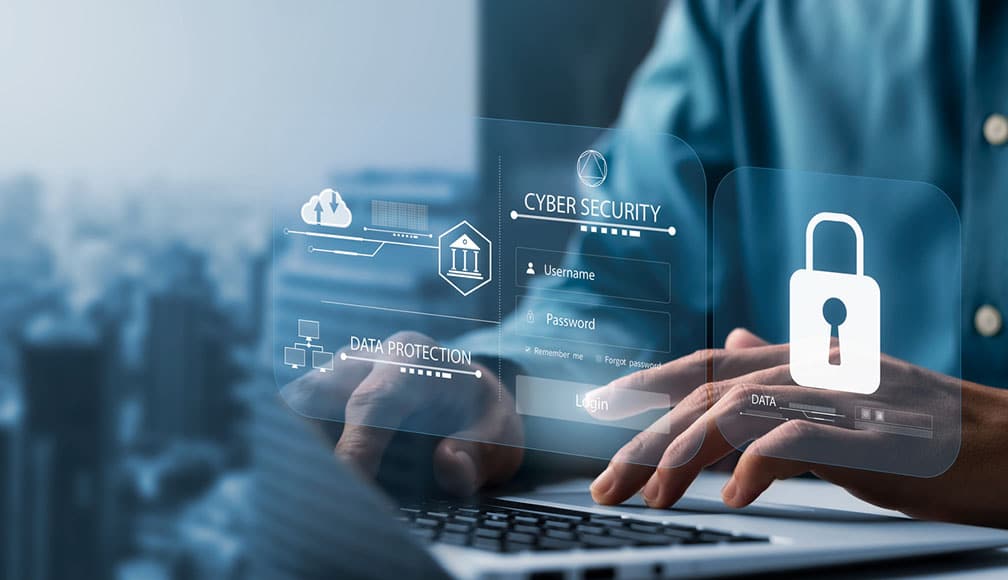The risk of cyberattacks is on the rise. Organizations with a digital presence need to ensure their IT infrastructure is up to the challenge. A compromised cybersecurity posture can lead to business disruption, loss of sensitive data, huge financial losses, and a deeply damaged reputation. A cyber security audit can help enterprises mitigate security risks and provide valuable information on how to create the most robust cybersecurity posture possible.
What is a Cyber Security Audit?
A cyber security audit is a comprehensive examination of an organization’s IT infrastructure that focuses on the current state of cyber security elements. It analyzes weaknesses and threats to ensure proper security controls, procedures, and policies are prepared to keep the network functioning optimally. Cyber security audits run a test on all cyber security measures to check their effectiveness in protecting the IT infrastructure and data so organizations can clearly understand what to expect in the event of a cyberattack or data breach.
How Does a Cyber Security Audit Work?
Cybersecurity audits provide an in-depth analysis of an organization’s security posture by covering the following critical areas:
- Operational Security: A review of security procedures, policies, and controls
- Network Security: A review of network and security controls, security monitoring capabilities, anti-virus configurations, and even the security operations center (SOC)
- Data Security: A review of network access control, encryption use, data storage and transmission security
- System Security: A review of hardening processes, patching processes, privileged account management, role-based access, and more
- Physical Security: A review of disk encryption, multi-factor authentication, biometric data, role-based access controls, and more
Besides analyzing these vital components, cybersecurity audits can also dive into areas including cybersecurity risk management, business continuity, disaster recovery, incident management, third-party partners and vendors, and employee training and awareness.
Organizations can conduct a cybersecurity audit in-house or hire a professional cybersecurity service provider. In-house auditors have a unique understanding of an organization’s cybersecurity challenges and requirements, which allows them to adjust accordingly. However, a professional outside cybersecurity audit may have a more discerning eye. As specialists in cybersecurity, they have a team of experts who utilize advanced tools and techniques capable of producing the highest-quality analysis possible.
Benefits of a Cyber Security Audit
A cyber security audit is the best way to assess your organization’s cybersecurity posture. Cyber attacks and data breaches are an ever-present threat to digital business models. As cyberattacks become increasingly sophisticated, cyber security countermeasures must keep pace. Along with evaluating the defense status of the IT infrastructure, a cyber security audit also makes well-informed recommendations. Some of the many benefits of a cyber security audit include:
- Discovering gaps in security measures
- Identifying weaknesses
- Testing controls and applications to ensure optimal security
- Upholding regulatory compliance
- Proactively staying ahead of cyber thieves
- Helps increase the performance and efficiency of the IT infrastructure
- Mitigates risk of disruption of business operations
- Reassures team members, partners, vendors, clients, and customers
- Bolsters reputation and strengthens consumer confidence in the organization’s brand
- Enhances the organization’s confidence in security controls
- Enables enterprises to create a robust security posture
Best Practices For Cyber Security Audits
Organizations should observe best practices for optimal results when conducting a comprehensive cybersecurity audit. Here are seven vital best practices to follow:
Define Clear Objectives
Establishing clear goals and objectives allows cybersecurity auditors to zero in on specific needs and concerns. For instance, some relevant areas may include assessing network access controls, evaluating anti-virus configurations, or addressing a business continuity plan.
Perform a Risk Assessment
Conducting a full-scale risk assessment will help an organization identify weaknesses, potential threats, and risks specific to the enterprise. It will allow the organization to clearly understand which pieces of data may be the most valuable to cyber thieves, which kinds of cyber attacks are most likely, and what a potential breach will do to day-to-day operations. With a good understanding of risks, enterprises can focus their audit efforts on the appropriate areas. For instance, sensitive customer data or proprietary software may be high risk. Cyber thieves may attempt to employ phishing attacks—fraudulent communications that seem legitimate—to steal data.
Examine Existing Security Policies and Procedures
Enterprises should look over their security policies, procedures, and controls to ensure they observe regulatory requirements, such as HIPAA and PCI compliance. A review of these elements will highlight weaknesses or gaps in cybersecurity measures. For example, employee awareness training may be absent from an organization’s policy or poorly maintained. Other important areas include access control policies, data handling procedures, and incident response protocols.
Conduct Technical Assessments
Running a technical scan of the IT infrastructure can help an organization identify vulnerabilities. With penetration testing, cybersecurity experts assess the perimeter, test applications, conduct network enumeration, and provide a threat analysis. A vulnerability assessment scans the network and cybersecurity measures to ensure weaknesses are reduced.
Review Security Incident Logs
Security incident logs, such as firewall logs, keep detailed records of any attempt to access the network. Whether the attempt was successful or not, organizations will have access to information such as the source and destination IP addresses, port numbers, and protocols. Knowing where the root of an attack begins can help enterprises shore up their countermeasures for future attempts. Examine security incident log management processes to ensure information is properly collected. One activity that may stand out in a log is a repeated failed login attempt.
Document Findings and Recommendations
Once an audit is completed, it’s important to have a detailed account of all findings and clear recommendations for addressing vulnerabilities so that organization leaders can develop an actionable plan to make the necessary improvements. Consider the level of risk and potential for impact within each area and prioritize them accordingly.
Maintain Vigilance
As the audit will indicate, cybersecurity is a never ending commitment. Even after vulnerabilities are identified and recommendations are implemented, enterprises must regularly assess their security posture. Cybersecurity experts can recommend a plan to help keep track of progress and create a maintenance schedule for routine cybersecurity audits, whether monthly, quarterly, or annually.
Cynergy Technology is a leading full-service technology provider that specializes in cloud computing solutions and cybersecurity. With over forty-two years of experience, our team of professionals can assist your organization in conducting a cybersecurity audit, provide recommendations, and implement cybersecurity measures that are right for your enterprise’s specific needs. Contact our team of experts today for a free consultation!







